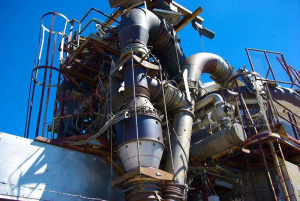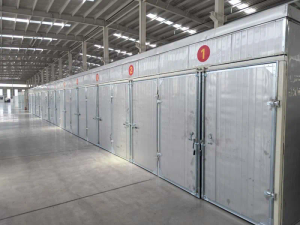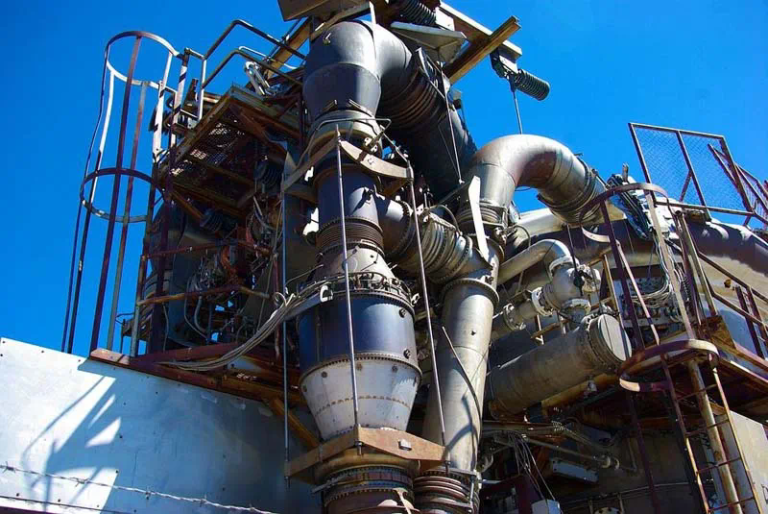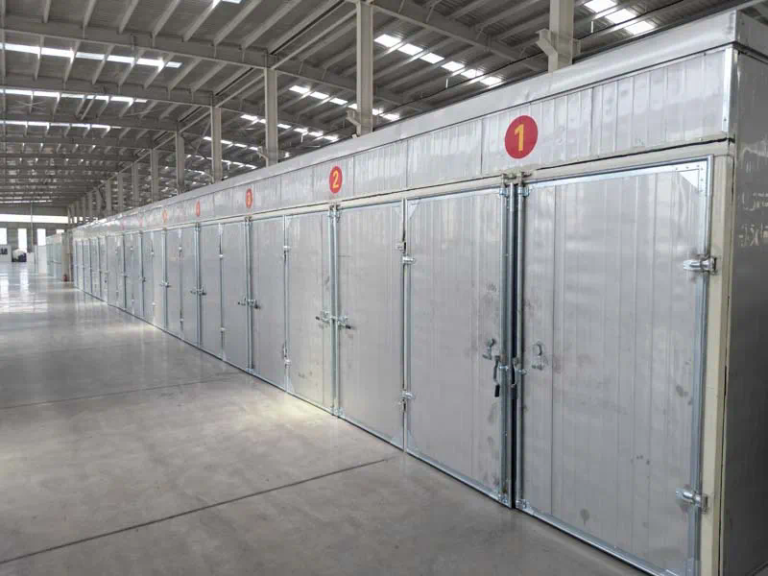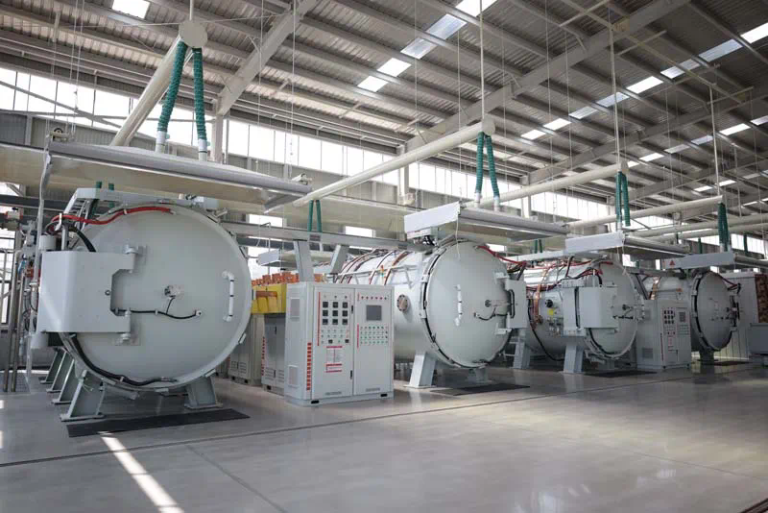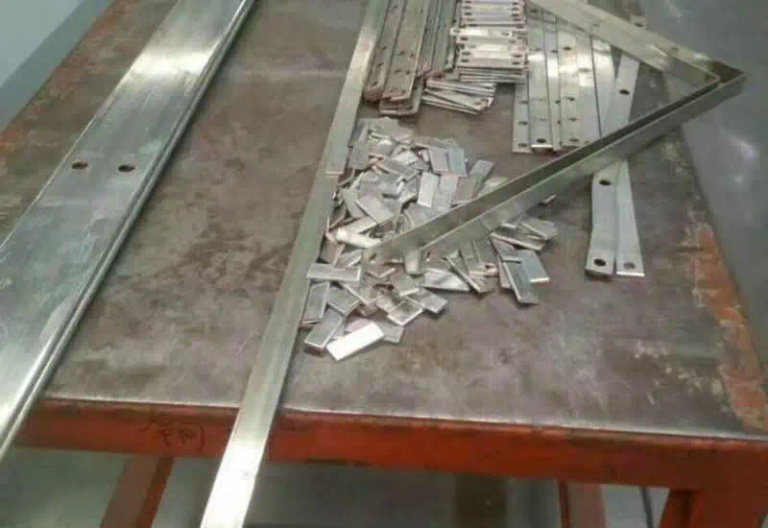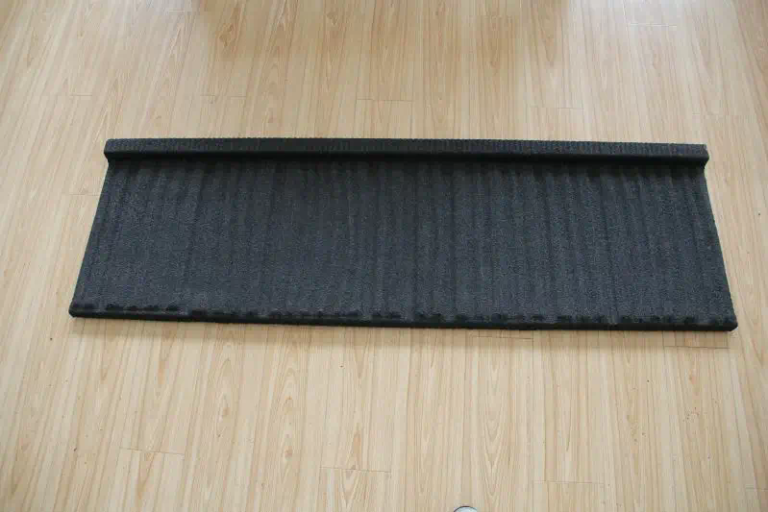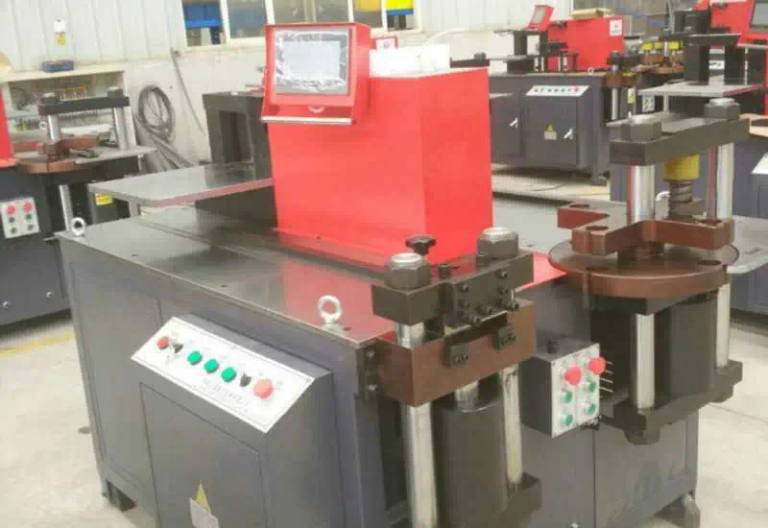A material’s level of ductility can be determined by the proportional reduction in cross-sectional area at the fracture plane after failure. A material with a significant reduction in the area after failure is highly ductile. Examples of this would be soft metals like aluminum or gold.
What Does “Ductile” Mean?
The word ductile comes from the Latin word ductilis, which is translated as "malleable, flexible; capable of being led." In the context of materials science, ductility refers to the ability of a material to withstand considerable plastic deformation into useful shapes without breaking or to absorb considerable energy in an as-manufactured condition before catastrophic failure occurs. For more information, see our guide on Ductility.
What Happens When Ductile Failure Occurs?
Ductile failure is a multi-step process that for the purpose of clarity will be limited to tensile ductile failure. First, the part must be loaded in tension such that the stress developed begins to exceed the elastic limit (or yield point) of the material. This is when the material will begin to plastically deform. This process is called necking and refers to the reduction in the cross-sectional area of the part. Eventually, the applied stress becomes stronger than the bonds between atoms that hold the material together. The weakest parts of the material are internal defects where the metallic crystals are not lined up for optimum strength, such as at pre-existing pores or voids, or inclusions or contaminants such as slag or metal carbides. Next, these voids will coalesce, which means they will grow and join with nearby voids to form larger voids. Once the voids have joined up to create sufficiently large discontinuities, a crack will begin to propagate outward from the initiation point until the material ultimately separates on a macro level, and fails.
What Does Ductile Failure Look Like?
Ductile fracture has a distinctive appearance. Note the reduction in the area of the part and the unique shape of the failure region. The higher a material's ductility, the more likely the necking will tend toward a sharper point, as indicated in Figure 2 below:
.webp)
